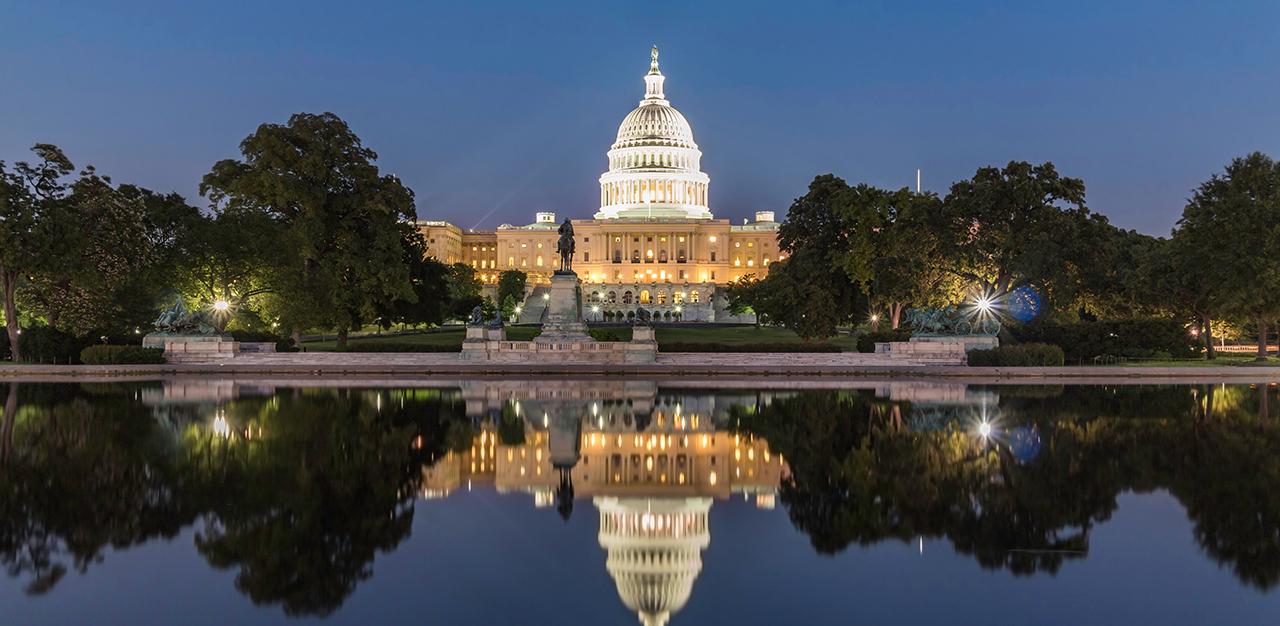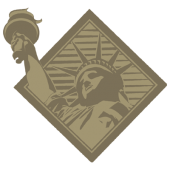The Twenty-Third Amendment was proposed by Congress on June 16, 1960, and ratified by the states on March 29, 1961. The Amendment conferred citizen-residents of our national capital and the seat of our government, the District of Columbia (DC), the right to choose electors and thereby vote in U.S. presidential elections. And, in 1964, following ratification, Lyndon Johnson received DC’s three electoral votes. The text of the Twenty-Third Amendment, in its entirety, states,
Section 1
The District constituting the seat of Government of the United States shall appoint in such manner as the Congress may direct:
A number of electors of President and Vice President equal to the whole number of Senators and Representatives in Congress to which the District would be entitled if it were a State, but in no event more than the least populous State; they shall be in addition to those appointed by the States, but they shall be considered, for the purposes of the election of President and Vice President, to be electors appointed by a State; and they shall meet in the District and perform such duties as provided by the twelfth article of amendment.
Section 2
The Congress shall have power to enforce this article by appropriate legislation.
Following ratification of the amendment, in 1970, the District of Columbia Delegate Act was passed, allowing citizens of the District of Columbia authorization to vote for one non-voting delegate in the House of Representatives.
DC derives its status as the seat of our government directly from the Constitution. Article I § 8, cl. 17 states, “The Congress shall have Power…To exercise exclusive Legislation in all Cases whatsoever, over such District (not exceeding ten Miles square) as may, by Cession of particular States, and the Acceptance of Congress, become the Seat of Government of the United States.”
The Framers carefully and deliberately designed the seat of the national government to be a unique political district under Congress’ exclusive control. In 2000, the Supreme Court of the United States weighed in on the issue of “statehood” by affirming (without opinion) Adams v Clinton (2000), a three-judge panel opinion out of the District Court for the District of Columbia rejecting the plaintiffs’ requested relief for statehood status and further ruling against all other constitutional arguments that DC’s lack of congressional representation violated the Constitution.
Today and since the enactment of the 1973 DC Home Rule Act, DC has operated with a Mayor–Council form of local government. DC’s local government retains near-plenary authority over the day-to-day affairs of DC residents, although Congress retains a right to review and overturn laws created by the Council and, with good cause, intervene in local affairs. The Council is composed of “a Chairman elected at large and twelve Members–four of whom are elected at large, and one from each of the District’s eight wards. A Member is elected to serve a four-year term.”







